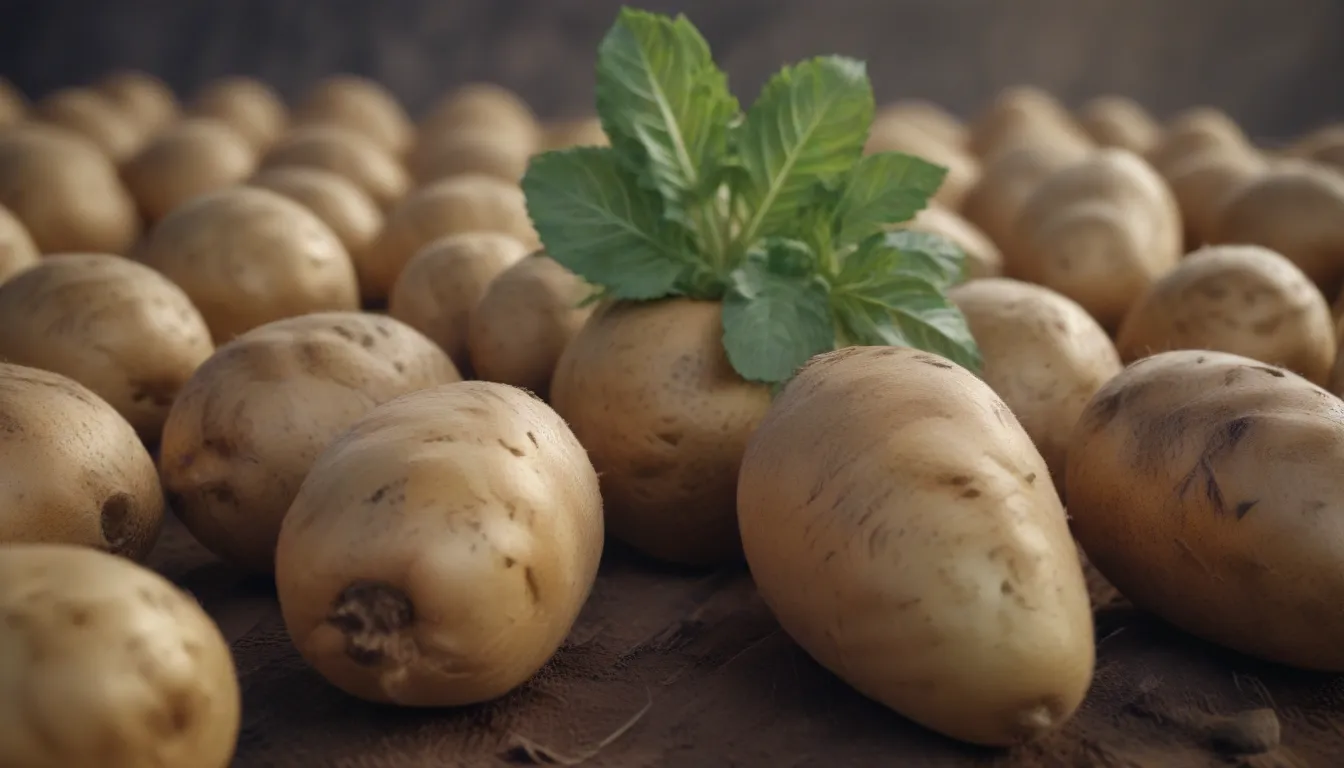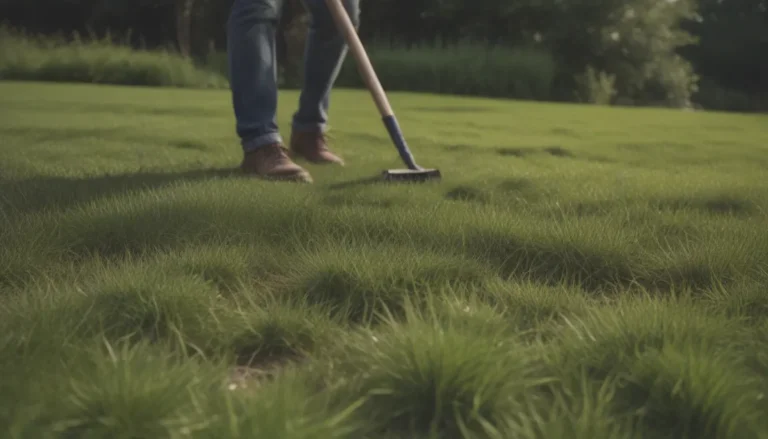A Comprehensive Guide on Growing Organic Potatoes

Potatoes are a versatile and delicious vegetable that can be enjoyed in a variety of dishes. While most people are used to buying potatoes from the grocery store, growing your own organic potatoes can introduce you to a whole new world of flavors and varieties. With hundreds of potato varieties available for home gardeners, cultivating organic potatoes in your garden is a rewarding and relatively easy process that can enhance the ingredients in your kitchen.
Benefits of Growing Organic Potatoes
- Discover a wide range of flavors, colors, shapes, and sizes not commonly found in stores
- Enjoy the satisfaction of growing your own food
- Ensure that your potatoes are free from pesticides and chemicals
- Promote sustainability and environmental stewardship
Getting Started: Planting Organic Potatoes
Growing organic potatoes starts with selecting disease-free seed potatoes from garden centers or nurseries. Avoid using potatoes from the grocery store, as they may have been treated with growth inhibitors. Different potato varieties have varying maturity periods, ranging from 60 days for early-season varieties to over 90 days for late-season ones.
When to Plant
- In southern states, plant seed potatoes in the fall or winter
- Wait until right before the last frost of spring to plant in northern climates
- Plant early- and late-season varieties together for an extended harvesting period
Selecting a Planting Site
- Choose a sunny location with at least six hours of sunlight per day
- Ensure the soil is rich in organic matter, well-drained, and slightly acidic
- Avoid planting in the same spot where potatoes, tomatoes, peppers, or eggplants were grown in the past two years to prevent soil-borne diseases
Spacing, Depth, and Support
- Plant small seed potatoes whole and cut larger ones into pieces with at least one to three eyes
- Let cut potatoes callous over for 24 hours before planting
- Utilize trench-and-hill, individual hole, or container planting methods
Caring for Your Potato Plants
Proper care is essential for the successful growth of organic potatoes. Here are some tips to help your plants thrive:
Light
- Grow potatoes in full sun with at least six hours of direct sunlight daily
- Cover the tubers with soil or mulch to prevent them from turning green
Soil
- Plant potatoes in well-draining, neutral to acidic soil rich in organic matter
- Maintain a soil pH between 5.0 and 6.0 to prevent issues like scab
- Supplement with compost or organic fertilizers if needed
Water
- Water potatoes consistently to prevent drought stress
- Mulch the area to retain moisture or use an irrigation system for larger crops
- Ensure adequate watering during flowering to promote tuber development
Temperature and Humidity
- Plant potatoes when soil temperatures reach 40-50 degrees Fahrenheit in cold climates
- Avoid planting in extremely hot conditions, as tuber growth ceases above 80 degrees
- Add mulch to cool the soil in warm climates or regions with high temperatures
Fertilizer
- Use compost or organic fertilizers to provide essential nutrients to your potato plants
- Consider options like fish emulsion or diluted liquid fertilizers as natural alternatives
- Follow label instructions for proper application and dosage
Harvesting and Storage
- Harvest new potatoes when plants are about one foot tall or after 50 days of growth
- Wait until foliage dies back to harvest full-sized potatoes
- Store harvested potatoes in a cool, dry place to preserve freshness
Types of Potatoes
While there are thousands of potato varieties worldwide, some common ones you may encounter include:
– Russet potatoes
– Red potatoes
– Yellow potatoes
– Sweet potatoes
– Fingerling potatoes
Potatoes vs. Yams
Potatoes and yams are often confused, but yams belong to a different botanical family than potatoes. Yams have rough, brown skin and white flesh, while sweet potatoes feature a red tint on their skin and sweet-tasting colored flesh.
Common Pests and Diseases
Potato plants are susceptible to various pests and diseases, including:
– Colorado potato beetle
– Flea beetles
– Redworms
– Leafhoppers
– Aphids
– Scab
– Late blight
Growing Potatoes in Containers
If you lack garden space, you can still grow potatoes in containers. Choose a tall container like a clean garbage can or planting bag designed for potatoes. Layer soil and seed potatoes, adding more soil as the plants grow. Harvest once the plants flower.
Conclusion
Growing organic potatoes at home is a rewarding experience that allows you to enjoy fresh, flavorful produce while promoting sustainability. With proper care and attention to planting, growing, and harvesting, you can cultivate a bountiful crop of organic potatoes to enjoy in your favorite recipes. Experiment with different varieties and methods to discover the joys of homegrown potatoes. Happy growing!





